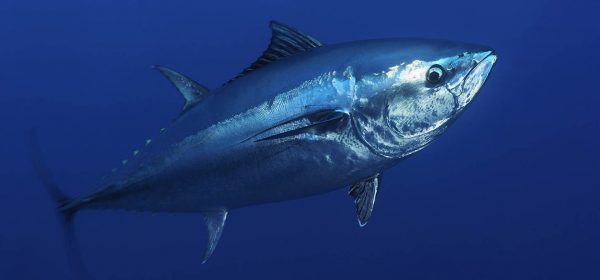The giant Bluefin tuna is a fish that lives up to its billing, with regular catches every year reported where the monster landed weighs in at more than 1,000 pounds.
There are plenty of reasons to recommend Nova Scotia as a great destination, with some awesome Canadian scenery to take your breath away. If that wasn’t enough on its own, you have the ultimate challenge of trying to reel in a real monster, using just the maximum 130-pound line allowed, to make things fair.
If you’ve never caught a Bluefin tuna before, but how hard could it be, really? Well, you’re about to find out. If you’ve ever wondered what it might be like to cast off and reel in a Bluefin, then here is what you need to know.
First, The Rules
The National Marine Fisheries Service (NMFS) manages the fisheries for all the migratory large fish like tuna and marlin. They’ve got a complicated system in place to regulate Bluefin tuna. The quote in the U.S. is set by the International Commission for the Conservation of Atlantic Tunas (ICAAT).
One of the categories is the recreational angler sub category. You can get a permit to fish Bluefin, and you can even keep it as long as you don’t sell it. A large medium is about 70 inches in length and can weigh up to 220 pounds. A larger Bluefin can weight up to 300 pounds.
Getting Your Permit
Getting your permit isn’t hard. You need to call the NMFS and get registered. Ask them to register you for two Bluefin tuna permits. There is no charge, but you may want two the first time you go out fishing. It takes about 2 weeks and you’ll get your permit in the mail. Keep it in your wallet. When you land a fish with a length greater than 70 inches, you register is with the Coast Guard, if you’re catching off the coast.
How To Rig Your Boat
So, you can legally catch a fish, but you may not be ready to actually catch one. You need special fishing accessories and equipment. For a boat, you should charter something at least 20 feet long. Ideally, you should get a 25 footer.
Rods
Get a big rod, like the Penn International 130 with a bent-butt that’s broomstick-thick, a 130lb mono with the drag at 70 pounds.
These can be costly — upwards of $2,000. But, it’s well worth the money. If you have a $3,000 fighting chair with a footrest, you’ll have enough leverage to handle this type of rod. But, if you’re fishing off a smaller boat, the tuna is more than likely to pull you overboard.
Catching And Releasing
There’s a lot of controversy over “catch and release.” Lots of fishermen believe you shouldn’t take from the ocean. Because most people have already caught their one incidental permit fish, there’s a trend of “catch and release” out there on the ocean. Some fisheries don’t like this, and they claim it kills or injures the fish. But, others disagree.
If you’re fishing with the wrong equipment, you can absolutely hurt them, so use the right equipment and you should be fine.
The Right Line
You’ll probably need a 130lb Dacron with a wind on leader. It works well because you get no stretch in the line and just enough shock absorption from the leader. You can use something like 200 feet of Momoi 200 lb test leader. The diameter is less than a normal leader diameter, but it works much better.
Finally, practice, practice, practice. These are large fish, so don’t be surprised if you come home empty handed on your first try. It takes patience and persistence. But, it’s well worth the frustration.
Head to Nova Scotia and strap yourself into your fighting chair, so that the battle between you and the Bluefin tuna can begin, and may the best man win.
Jay French’s two favourite pastimes are travelling and fishing. He loves combining the two as often as possible. If the weather is bad or he is stuck at home, he enjoys sharing tales with his three children and when they get tired of listening to him, he writes! His articles mainly appear on travel, family and fishing blogs.

